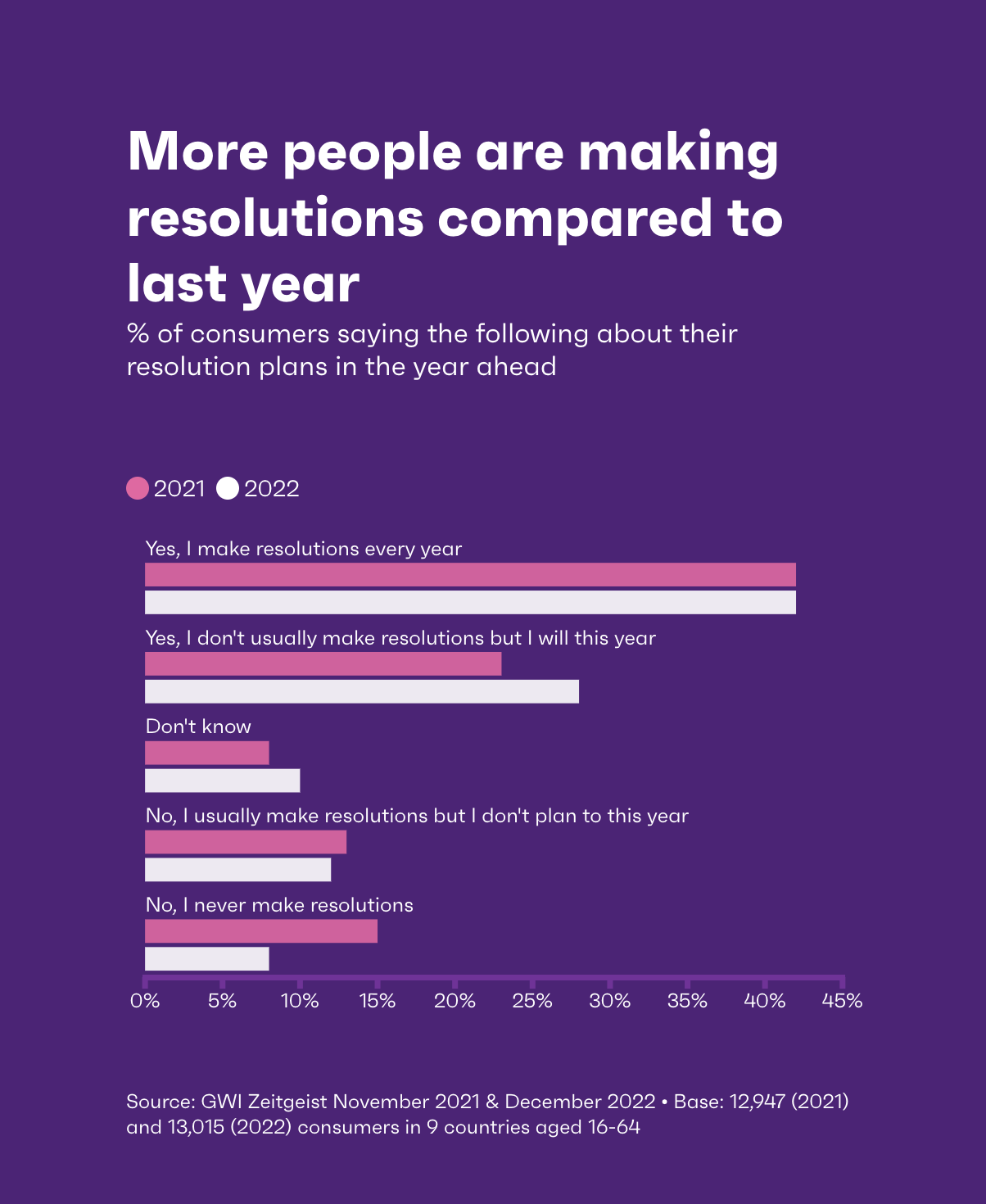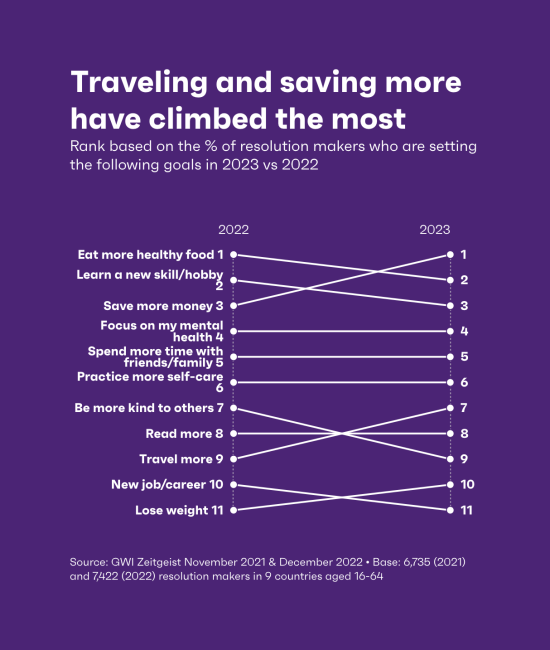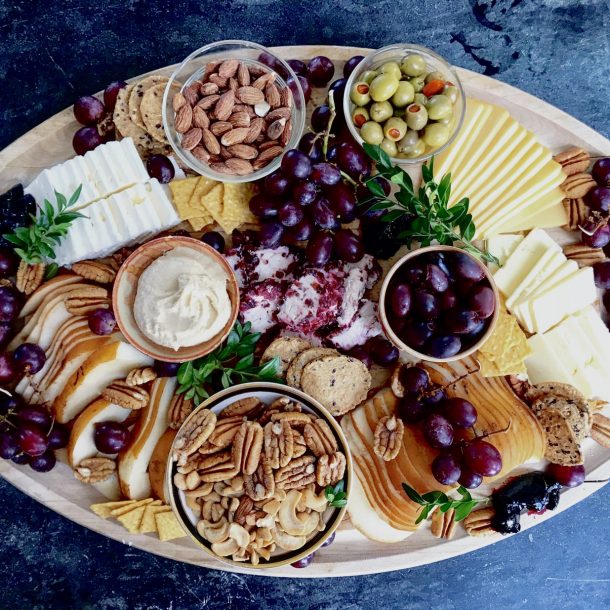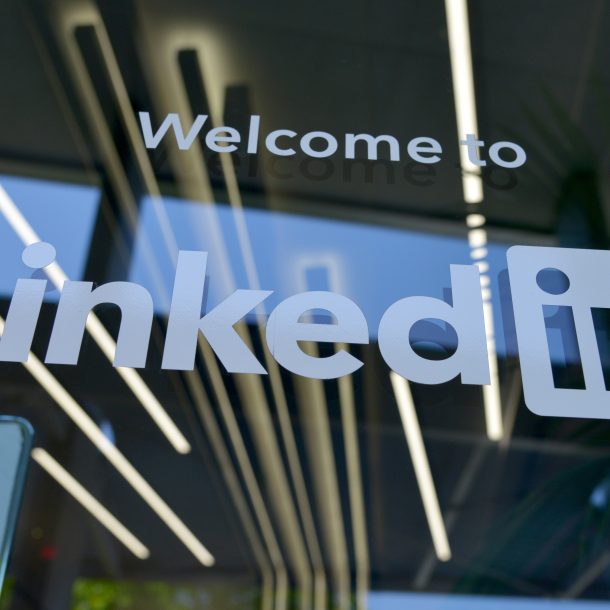
GWI has been asking consumers about their New Year’s resolutions since 2020 to understand how their priorities change and how they might think and act in the coming year. The results can be counterintuitive.
Even though it’s common to mock New Year’s resolutions, marketers should pay attention because they are certainly a significant tradition and source of inspiration for many people. Based on a survey conducted in December, over two-thirds of consumers say they’re making resolutions for 2023. On the other hand, there is a 45% decrease in the number of those not planning to make them compared to last year.
In 2022, roughly 90% of consumers accomplished at least some of their resolutions. While 23% achieved “all or a good amount,” according to the GWI study, 65% did so concerning only “some or very few” resolutions.

The most successful resolutions were to watch less television, consume fewer animal products or less alcohol, and volunteer. Losing weight, increasing physical exercise, finding a new career, and saving money were the least effective resolutions.
Several of these objectives reflect broader consumer movements that aim to embrace healthy practices. Drinking less alcohol or eliminating animal products from the diet are resolutions that fit into increasingly popular new social habits and do not constitute big lifestyle changes. Conversely, the goals that most people fail to abide by require more effort.
Overall, the top three New Year’s plans in 2023 are to save more money, eat more nutritious foods, and acquire a new skill or interest, indicating that consumers are more ready to start a new good behavior than avoid a bad one. The younger generations, Gen Z and Millennials, are more likely to set resolutions, so campaigns that refer to their goals are likely to be successful.
The excitement around New Year’s resolutions can be leveraged by health-focused food and beverage firms. Also, financial institutions can use it to promote their savings tools. However, all brands should strive to help consumers set achievable goals if they do not want to lose their loyalty.

GWI’s research also reveals an interesting paradox. The goals that increased the most in popularity this year are traveling more (+16%) and saving money (+16%)—arguably the most conflicting goals out there. This is part of the “revenge travel” trend as a way of making up for lost time during the pandemic that began in 2022 and appears to be continuing this year as well. An apparent shift has occurred where people across markets are eager to return to exploring the globe.
So, with the world having entered 2023, marketers must provide consumers with options to try new things on a budget in order to balance their self-care and mental health resolutions.
In recent years, mental health has been a priority for many, resulting in a move toward self-focus and a “work less, live more” mentality. To retain top talent, companies should accommodate workers’ need for flexible work hours and recognise that how many hours one works is not necessarily the greatest productivity metric.










